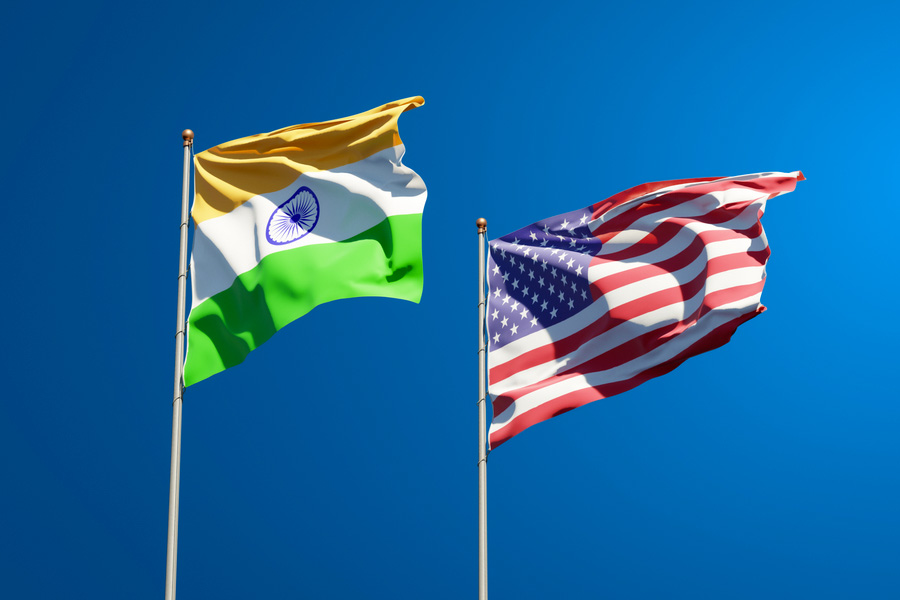When The Family Man debuted in 2019, Indian OTT space was still at a nascent stage. Then the floodgates opened. One spy series became ten. Suddenly every platform was milking cross-border missions, covert ops and double agents.
But even today, after a long list of imitators, The Family Man continues to stand tall. And the latest third instalment in the spy thriller series created by Raj & DK reminds us why.
Unlike the theme of cross-border espionage in the previous editions, The Family Man Season 3 deals with insurgency in Northeast India with sensitivity we rarely see in mainstream Hindi shows. Paatal Lok Season 2 was a rare exception.
This season’s central plot doesn’t rely on foreign threats alone. The danger is internal, tangled in power struggles, political pressure, and the slow corrosion of democratic institutions. There’s a mole inside TASC. There’s a false narrative building against Srikant. All this leads to a lingering sense of dread that never fully leaves the viewers.
Manoj Bajpayee remains the show’s anchor. His Srikant Tiwari feels more battered than ever — physically, emotionally, and morally. Now that his family knows he’s a spy, you’d think things might get easier at home. They don’t. The distance between him and Suchitra (Priyamani) has grown wider, and his kids sense something is broken even if he won’t admit it.
But the beauty of Srikant lies in how deeply human he is. His exasperation, his confusion, his attempts to be a better father — these are the moments that give the show its warmth. One of the season’s most memorable subplots involves Dhriti (Ashlesha Thakur) identifying as non-binary and their brother Atharv (Vedant Sinha) patiently explaining queer terminology to Srikant. Bajpayee plays out the scene with such sincerity that you can’t help but smile.
This is what most other spy thrillers get wrong. They build heroes. The Family Man builds people.
They say, in Bollywood, a great hero needs a great adversary. And The Family Man Season 3 delivers. Jaideep Ahlawat’s Rukma is chilling from the word go. But he’s not written as a one-note monster. There’s grief behind the violence, which humanises the antagonist.
Then there’s Nimrat Kaur’s Meera Eston — a cold, calculative woman whose composed outer self betrays her inner ruthlessness. Her scenes with Ahlawat are crackling.
The action set pieces are fewer this time, but the ones we get are meticulously crafted. The long single-take sequences, and the show’s signature humour — especially between Srikant and JK (Sharib Hashmi) — remains one of the show’s purest joys.
And then there’s the soundtrack. Instead of the run-off-the-mill Bollywood beats, the show taps into the musical legacy of the Northeast. From indie Naga rock to folk-inspired tracks, the music makes the region feel like a character in itself. Aman Pant’s Nagamese version of the iconic theme song is a genuine high point of the show.
Raj & DK have always been masters of cameos and callbacks. One of the biggest moments of The Family Man Season 3 comes when Srikant finally meets the mysterious voice he’s bantered with over the phone in earlier seasons. When the two characters come face-to-face, the scene explodes with pure electric chemistry.
Then there are the blink-and-you-miss cameos by stars like Vijay Sethupathi and Dulquer Salmaan. They appear briefly, almost like shadows moving through the edges of the frame
For all its strengths, Season 3 isn’t flawless. The pace falters in the middle sections when subplots take centrestage. Certain episodes push Srikant to the background, much to your annoyance. Seema Biswas is a powerhouse, yet the writing doesn’t allow PM Basu to shine. And the cliffhanger in the end is so rushed that it doesn’t quite land its impact.
But the writing never loses its emotional intelligence, and the performances keep pulling you back in. And that is why The Family Man still feels fresh.










